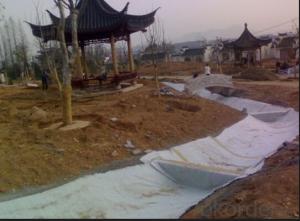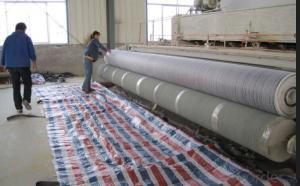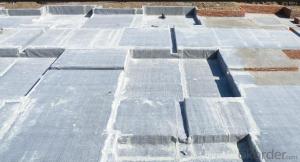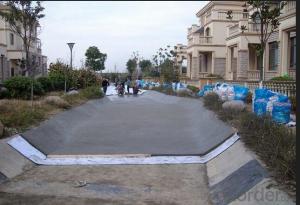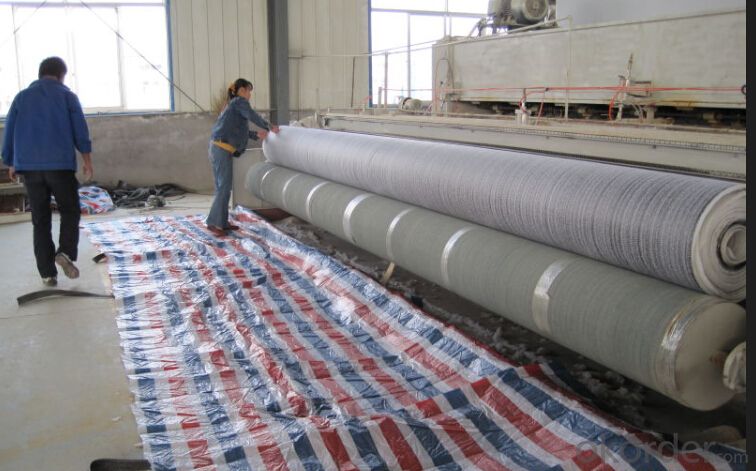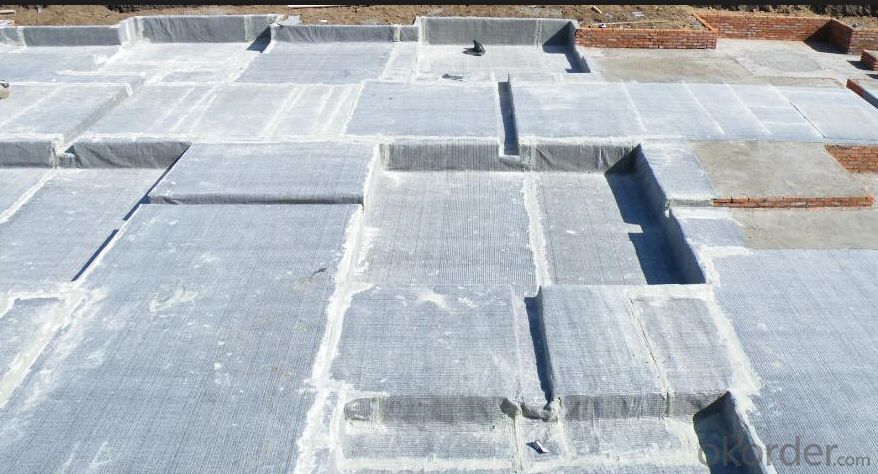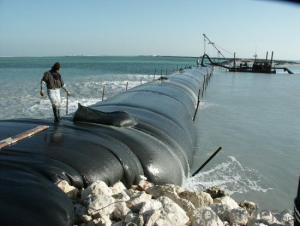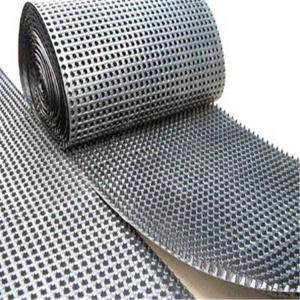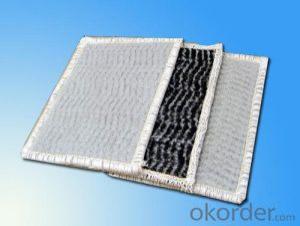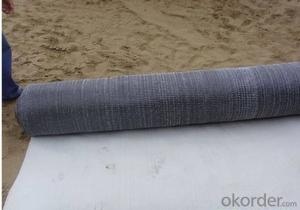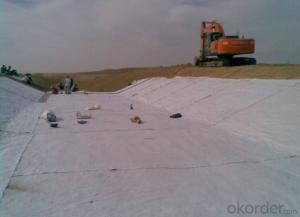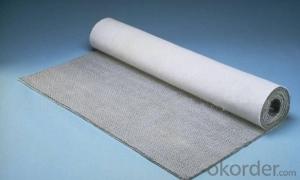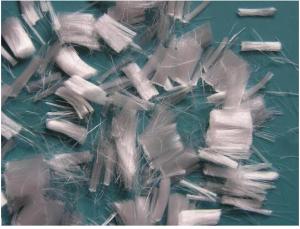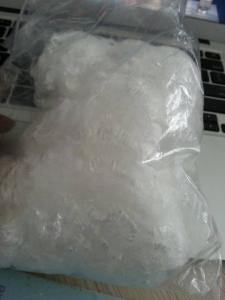Pond Liner Geosynthetic Clay Liner for Golf Course
- Loading Port:
- Qingdao
- Payment Terms:
- TT OR LC
- Min Order Qty:
- 5000 m²
- Supply Capability:
- 100000 m²/month
OKorder Service Pledge
OKorder Financial Service
You Might Also Like
Pond Liner Geosynthetic Clay Liner for Golf Course
1,Detail Introduction
Our GCL is composed of 3 layers, the upper layer is nonwoven geotextile, while the lower layer is woven geotextile, natural sodium bentonite fills the gap between geotextile layers. The application with natural sodium bentonite can enlong the using life of construction. Our GCL creates a new green and environmental building material.
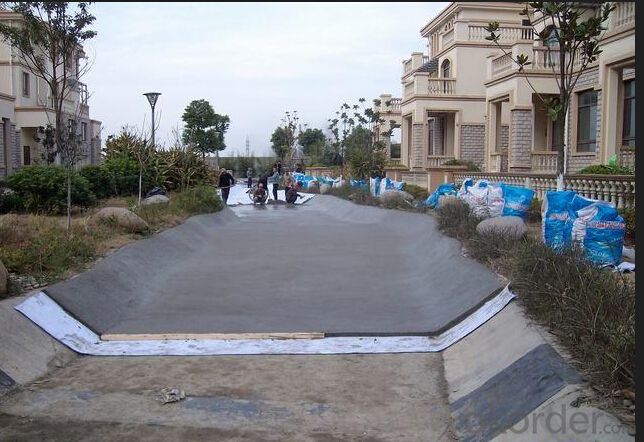
2,Feature OF GCL
(1) A permanent waterproof performance, and excellent water seepage performance, impermeability hydrostatic pressure up to 1.0MPa above, permeability coefficient 5 *10-9cm / s. Because the Department of Natural sodium bentonite inorganic materials, even after a long time or the surrounding environment changes, aging or corrosion does not occur.
(2) Has all the characteristics of geotextile material, such as separation, reinforcement, protection, filtration, simple construction and unrestricted construction environment temperature below 0 0 C also be construction. Just when construction GCL waterproof blanket tile on the floor, when the elevation or slope construction, with nails and washers to secure it, as required, can overlap.
(3) Easy to repair; Even after water (seepage) end of construction, such as waterproof layer accident damage, as long as the site of the damage to be a simple fix, can ever regain perfect waterproof performance.
(4)green: Bentonite is a natural inorganic material, harmless, non-toxic, no particular impact on the environment, with good environmental performance.
(5) simple construction period is short: and other waterproof materials, the construction is relatively simple, does not require heating and paste. Product width up to 6 meters, with international geotextile (film) to match the size, greatly improving the efficiency of construction.
(6) Integrated waterproof materials and objects: When sodium bentonite water, with 20-28 times the capacity expansion, even if the concrete structure vibration and settlement, bentonite GCL can repair cracks in the concrete surface less than 2mm.
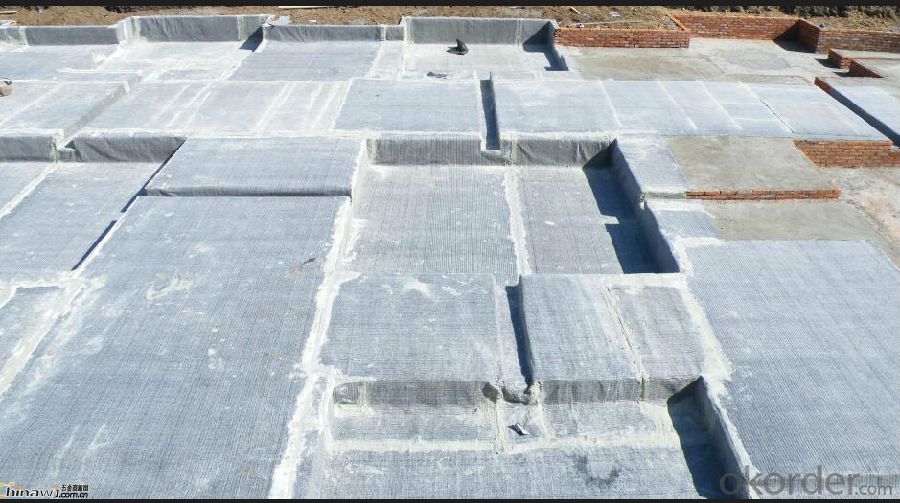
3,Application of GCL
Landfills | · Mud Pits |
· Lagoons | · Canals |
· Bund Lining | · Tank Lining |
· Fish Farm Lining | · Roof Lining |
· Waste Water Pits | · Ponds and Reservoirs |
· Dams | · Floating Covers |
· Vertical Cutoff Walls | · Hydraulic Structure |
· Basement Lining | · Drip Irrigation Ponds |
4, Technical Data of GCL
Inspection Item | Testing Procedure | Technical Index |
Bentonite mass for unit area | ASTMD5993 | ≥5.5kg/m2 |
Expansion coefficient | ASTMD5890 | ≥ 25mL/2g |
Low temperature ductility | ASTMD5898 | No impact at -35°C |
Thickness | ASTMD5892 | ≥6.4mm |
Tensile strength | ASTMD4632 | ≥5400N |
Peel strength of concrete face | ASTMD4632 | ≥3.0 KN/ m2 |
Peel strength | ASTMD4632 | ≥680N |
Indicated flow | ASTMD5887 | ≤1 × 10-8m3/m2/sec |
Hydrostatic pressure resistance | ASTMD5888 | ≥70 |
Permeability | ASTMD5887 | ≤5 × 10-11m/sec |
Extension rate | ASTMD5896 | ≥20 |
Puncture strength | ASTMD5894 | ≥635N |
FAQ:
How many quantity for one 20'' container?
About 5,000m2, 16rolls
What's your delivery time?
About 15-20days against deposit received
. What's your package?
Per roll with two pieces woven bag
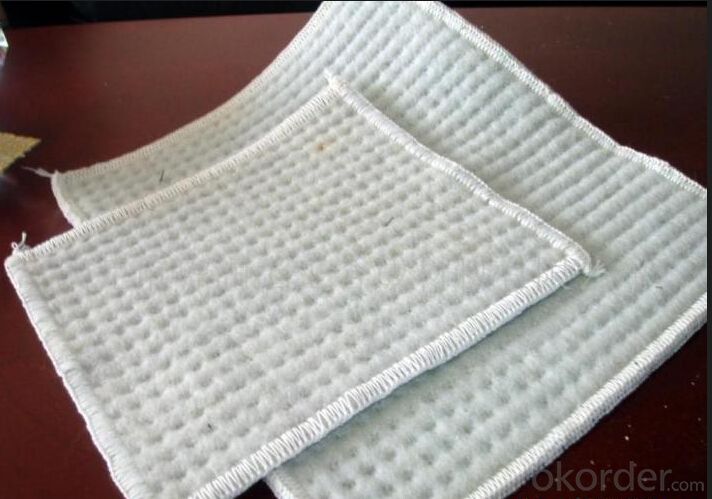
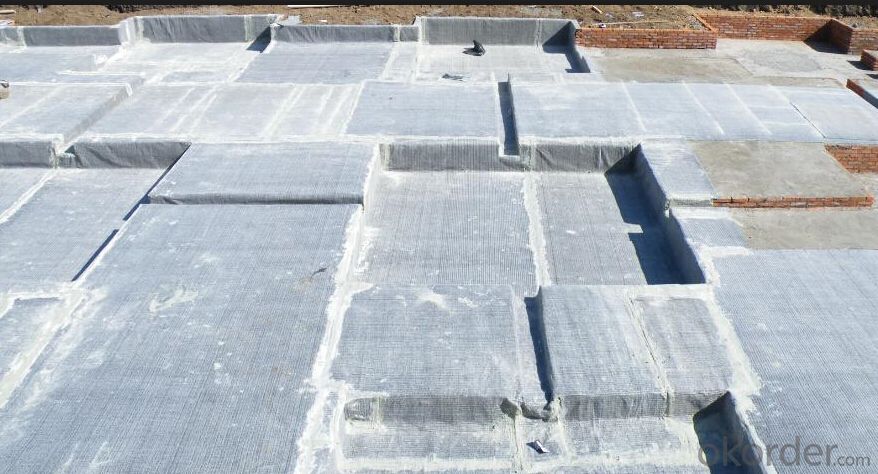
- Q: What are the different warranty options available for earthwork products?
- The different warranty options available for earthwork products vary depending on the manufacturer and the specific product. However, common warranty options include limited warranties, extended warranties, and lifetime warranties. These warranties typically cover defects in materials and workmanship and may also include coverage for specific damages or failures. It is important to carefully review the terms and conditions of each warranty to understand what is covered and any exclusions or limitations that may apply.
- Q: How are sediment control products used in earthwork?
- Sediment control products are used in earthwork to prevent soil erosion and the movement of sediment during construction activities. They are typically installed in areas where soil is disturbed, such as construction sites, to minimize the impact on nearby water bodies. These products, including silt fences, sediment basins, and sediment traps, effectively contain sediment and prevent it from being washed away by stormwater runoff. By using sediment control products, construction projects can comply with environmental regulations and protect water quality.
- Q: What are the advantages of using geotextile tubes for coastal protection?
- Geotextile tubes offer several advantages for coastal protection. Firstly, they are cost-effective compared to traditional methods such as concrete structures or seawalls. Secondly, they are made of permeable fabric that allows water to pass through while retaining sediment, promoting natural beach and dune formation. Additionally, geotextile tubes are flexible and adaptable, allowing them to be easily installed and adjusted to changing coastal conditions. They also have a low environmental impact as they can be filled with locally sourced materials, reducing the need for long-distance transportation. Overall, geotextile tubes provide an efficient and sustainable solution for coastal protection.
- Q: How do geogrids aid in stabilization of steep slopes in earthwork applications?
- Geogrids aid in stabilization of steep slopes in earthwork applications by providing reinforcement and preventing soil erosion. They are typically made of high-strength polymer materials that are placed within the soil to create a strong and stable structure. The geogrids interlock with the soil particles, increasing the overall strength and resistance to sliding or slumping. This reinforcement helps to distribute the loads more evenly, reducing the potential for slope failure. Additionally, geogrids help to control soil erosion by providing a barrier that prevents soil particles from being washed away by rainfall or surface water flow. Overall, geogrids improve the stability and longevity of steep slopes in earthwork applications.
- Q: How do earthwork products contribute to environmental sustainability?
- Earthwork products, such as soil stabilizers, erosion control blankets, and geotextiles, play a crucial role in environmental sustainability. These products help prevent soil erosion, improve water quality, and enhance the stability of landscapes. By minimizing erosion, they protect natural habitats and prevent sediment runoff into water bodies, preserving aquatic ecosystems. Additionally, earthwork products help in soil remediation and reclamation projects, restoring degraded lands and promoting biodiversity. Overall, their usage promotes sustainable land management practices, conserves natural resources, and mitigates the negative impacts of construction and infrastructure development on the environment.
- Q: Can earthwork products be used for creating raised planters?
- Yes, earthwork products such as soil, gravel, and rocks can be used for creating raised planters. These materials are commonly used to build the foundation and structure of raised planters, providing a suitable environment for plants to grow.
- Q: What are the benefits of using geomembranes for pond liners?
- Geomembranes offer several benefits for pond liners. Firstly, they are highly durable and can withstand harsh environmental conditions, such as UV radiation and chemical exposure, ensuring the longevity of the pond liner. Additionally, geomembranes are impermeable, preventing water leakage and seepage, which is crucial for maintaining water levels and preventing contamination. They are also easy to install and repair, saving time and effort. Furthermore, geomembranes provide a smooth surface, reducing the growth of algae and other aquatic organisms, thus improving water quality. Lastly, they are versatile and can be customized to fit various pond shapes and sizes, making them suitable for a wide range of applications.
- Q: How do geopipes help in subsurface irrigation systems?
- Geopipes help in subsurface irrigation systems by efficiently delivering water directly to the plant roots, reducing water wastage and evaporation. These pipes are designed to be buried underground, allowing for uniform water distribution and minimizing surface runoff. Additionally, geopipes prevent weed growth and reduce the risk of water contamination, making them a sustainable and effective solution for irrigation.
- Q: How do earthwork products contribute to stormwater infiltration?
- Earthwork products, such as permeable pavements, rain gardens, and bioswales, play a crucial role in promoting stormwater infiltration. These products are designed in a way that allows rainwater to seep into the ground instead of running off into storm drains or water bodies. By capturing and filtering stormwater, earthwork products help reduce the volume and velocity of runoff, prevent erosion, and recharge groundwater aquifers. This contributes to improved water quality, reduced flooding, and sustainable management of stormwater in urban areas.
- Q: Are earthwork products suitable for use in horse arenas?
- Yes, earthwork products can be suitable for use in horse arenas. These products, such as sand or clay, can be used as footing materials to provide a suitable surface for horses to perform on. Properly prepared and maintained earthwork products can offer good traction, cushioning, and support for horses during various activities in the arena. However, it is important to consider factors like drainage, compaction, and maintenance to ensure the suitability and safety of the earthwork products for horse arenas.
Send your message to us
Pond Liner Geosynthetic Clay Liner for Golf Course
- Loading Port:
- Qingdao
- Payment Terms:
- TT OR LC
- Min Order Qty:
- 5000 m²
- Supply Capability:
- 100000 m²/month
OKorder Service Pledge
OKorder Financial Service
Similar products
Hot products
Hot Searches
Related keywords
